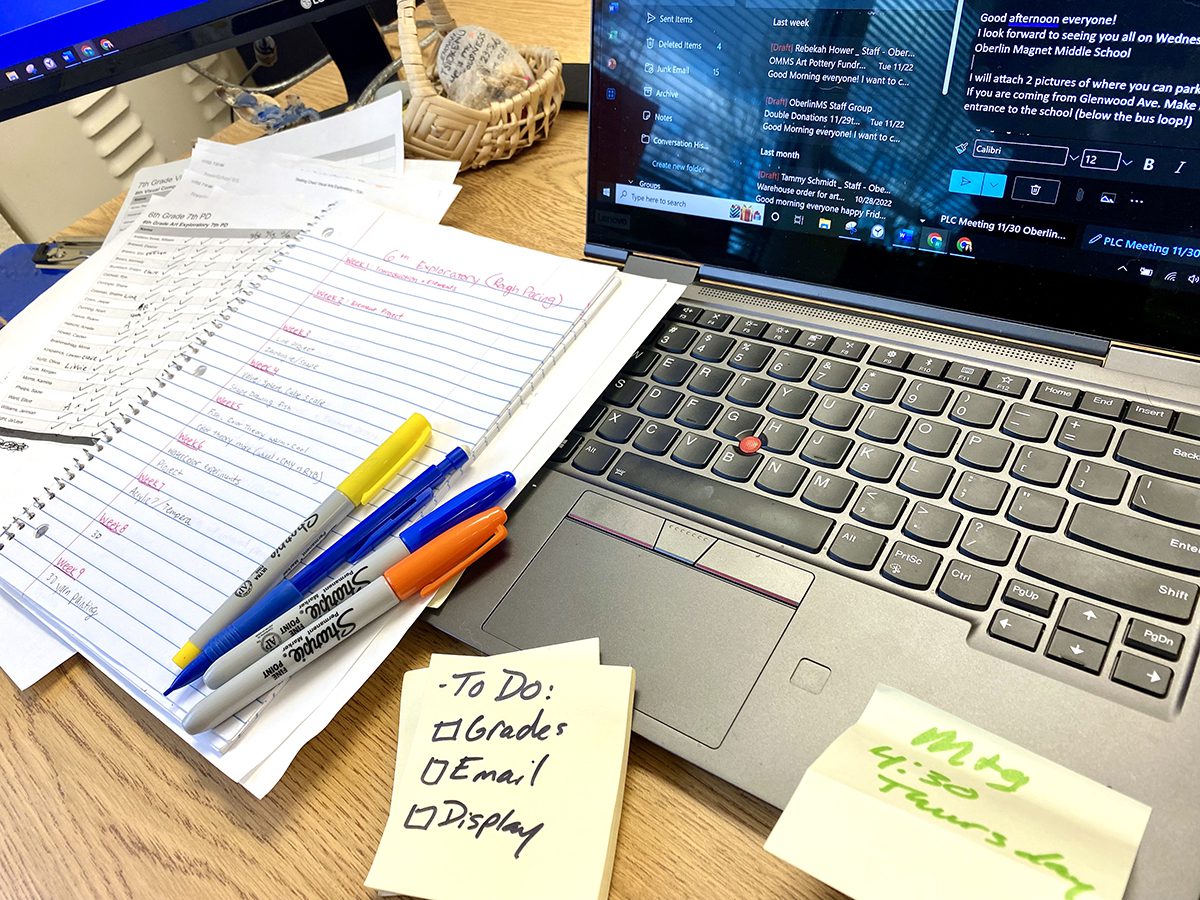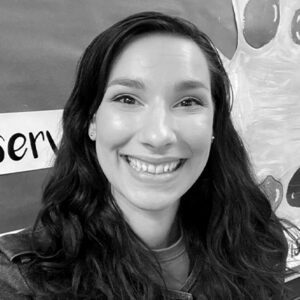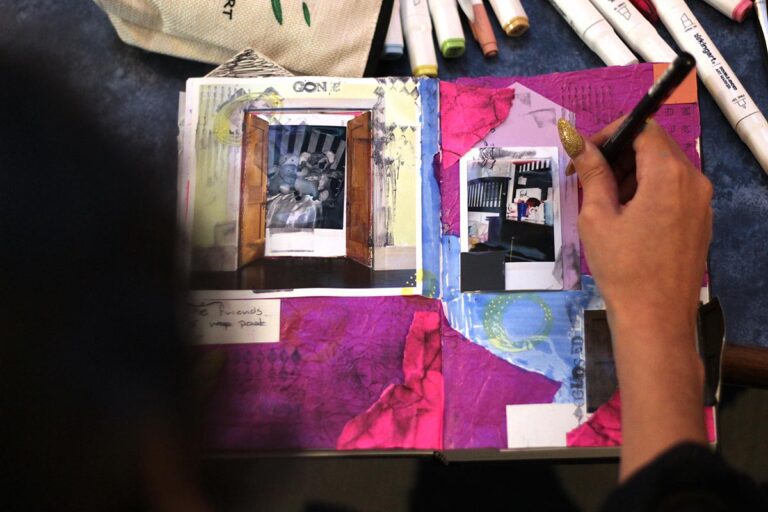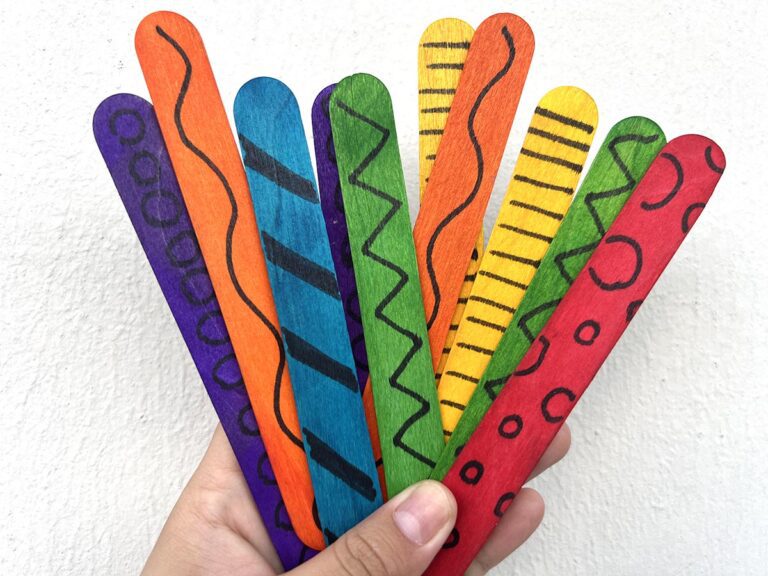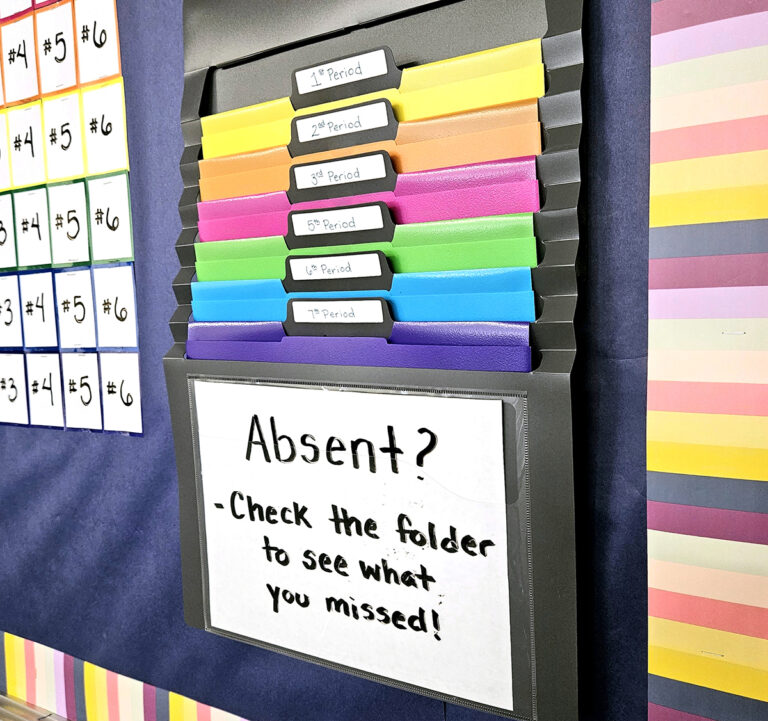The new year often brings hope for a fresh start and a chance to reestablish priorities. However, new intentions and habits can take time to build. Are you already feeling drained at the end of the day or week? Our calendars quickly fill with meetings, after-school events, deadlines, contests, and extra duties. We have sticky notes on our laptops with reminders of student IEP meetings and last-minute bus schedule changes.
Pause. Take a deep breath.
And then keep reading to learn how to be proactive with your calendar instead of letting your calendar control you.
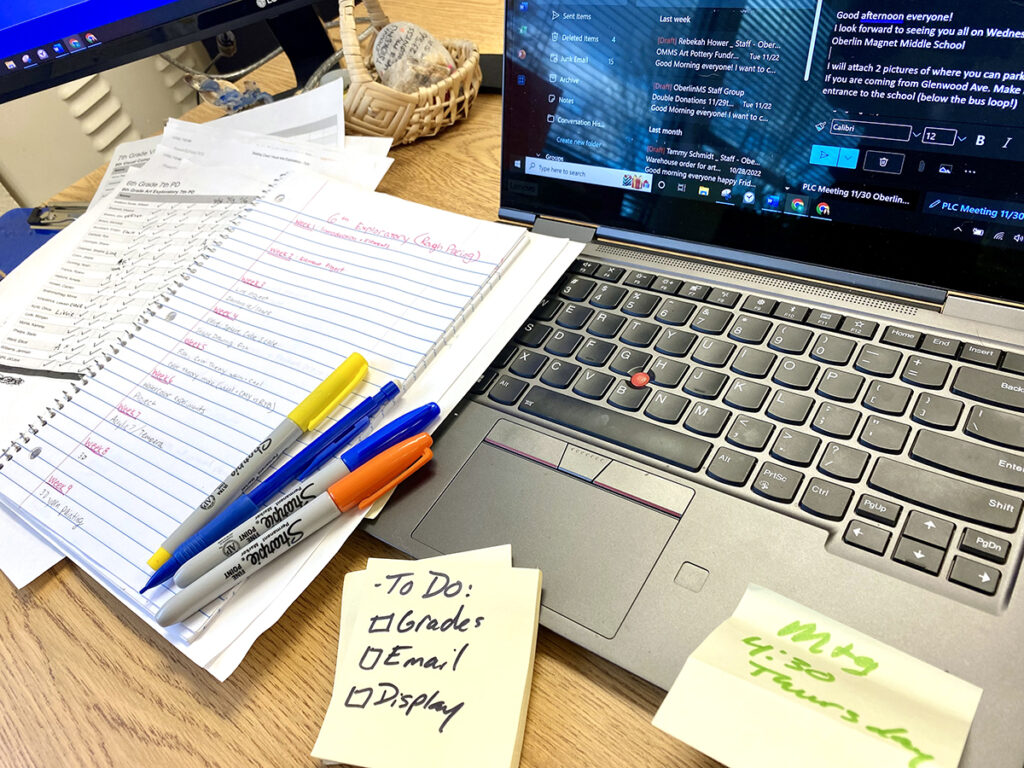
What is work-life balance?
Before we dive into organizing your calendar with intentionality, we need to cover the concept of work-life balance. Work-life balance is when you give equal importance to the needs of both your professional and personal life. This can be a struggle because it’s easy to let school take priority over everything in our lives. Our ambition to be the best educator can push us to set aside our mental, physical, and emotional health.
Unfortunately, there is no guaranteed recipe for creating a perfect work-life balance. Everyone has different lives, priorities, and demands. We can, however, be smart with how we equip ourselves. One tool we can use to help us achieve a better balance is a planner. Let’s take a closer look at the types of planners out there and how we can use them to build margins and support our priorities.
What kinds of planners are out there?
Keeping a planner is a great way to keep track of what obligations and responsibilities you have in both your professional and personal life. You can even put your own creative twist on many planners with journaling techniques, customization, and stickers! Whether you are a paper-pencil or tech-savvy planner, there are multiple options to help you stay organized.
Let’s take an in-depth look at both types:
- Paper Planner
There are so many different paper options for planners. Find simple planners at any office supply store or online. You can get blank planners or ones divided by day, week, or month. Or customize a creative planner using Bullet Journal techniques. Paper planners give the benefit of physically writing (or drawing!) out plans and seeing the gaps where we have time and where things are getting full. - Digital Planner
Several apps and digital options, like Google Calendar, are available to help keep you on track. Schedule recurring tasks and events for ongoing meetings, deadlines, and reminders. Digital planners are portable and can sync across devices. You can also set them up to receive automated notifications.
Just because there are two choices does not mean you have to put yourself in one category. You can use a combination to keep certain things separate. Use a digital planner for work and a paper planner for home to assist in creating boundaries with professional and personal goals.
Once you have your planner, start using it! When it comes to planning out your day, week, or month, there is never such a thing as “too much planning!” Proactively put important events, tasks, and reminders in your calendar to ensure they get priority. You can even block out time slots for things and people that fill you up so you stay energized and have something to look forward to.
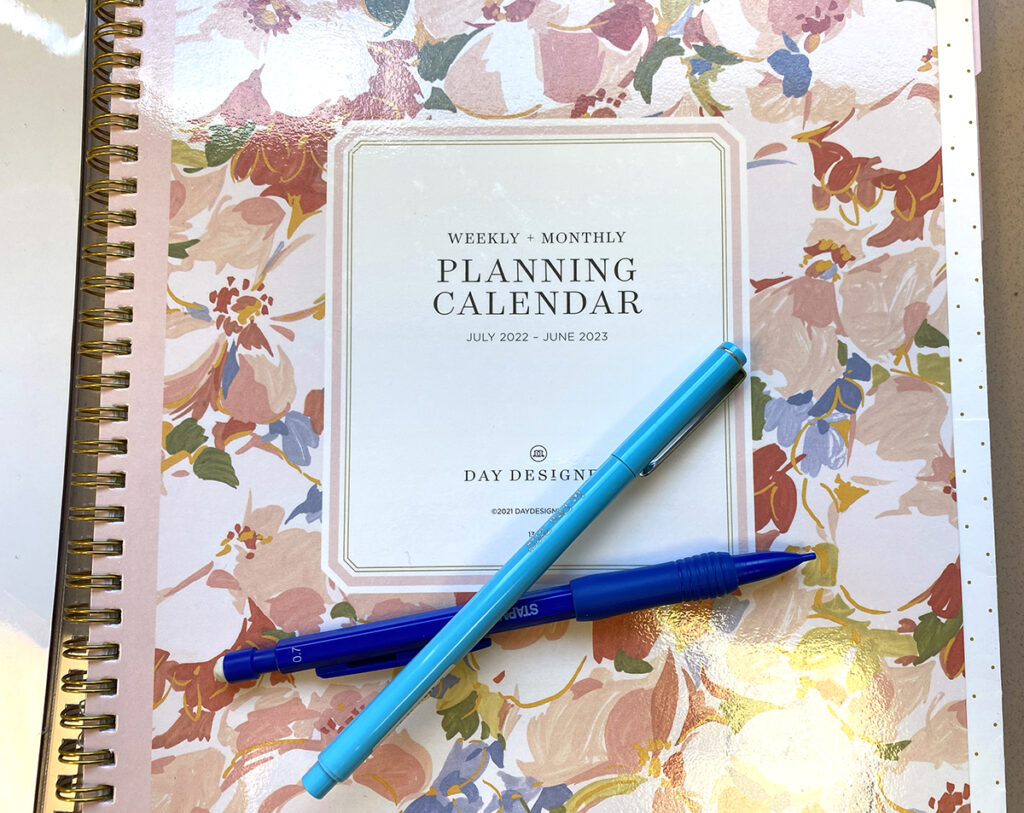
How do you preserve your calendar?
Now that your calendar is filling up, it can be tempting to keep adding “just one more thing.” While there are many good things out there, realistically, you can’t do them all and do them all well. It’s an honor to be asked to do something or to be invited to an event, but many of these things can carry on without you. Let’s look at six ways to preserve your time and guard margin in your calendar so you can keep the creative energy alive all year long!
1. Say “No.”
We understand saying no can help us set aside more time for what we want to do. But it doesn’t make it any easier or less intimidating!
Here are some phrases you can use and practice:
- Thank you for asking, but that is not going to work for me at this time.
- I’m honored you asked me to help make decorations, but I already have a commitment at that time.
- I appreciate your thinking of me, but I am not doing any school posters while I am focusing on my grad course.
- I won’t be able to, but let me recommend some art students you can ask.
- I can’t do all the set designs for the play, but I can have my sculpture class make the props for one scene.
And “No” or “No, thank you” can also be a complete sentence!
2. Wait.
Sometimes we commit to something, only to discover later we were not aware of all the factors. It is okay to wait before committing to something. We are allowed to give a response like, “Thank you so much for the invite. Send me all the details and I’ll check my planner!” Space and time can help you determine if this is something you really want to do or not. Just be sure to circle back so you don’t leave the other person hanging.
3. Say “Yes” to things that bring joy and purpose.
And if something pops up that works in your schedule and sounds fun, by all means, say yes! When we say yes to events, activities, or other plans we truly want to do, it will fill our energy tanks—even if it’s a work commitment. It can remind us of our passion and keep us excited to come back to the art classroom.
Some big things to consider saying “yes” to are:
- Art Club
Invest in students who are passionate about art and exploring new mediums and techniques. For more tips on leading an Art Club, watch the Running an Elementary Art Club Pack in PRO Learning. - Art Show
It’s a lot of work but it’s so rewarding to see the accomplishments of your students over time in one space. - Field Trip
Expose students (and yourself!) to new artists and artworks to spark interest and inspiration.
4. Allocate timeslots for fun.
Often, we schedule events reactively; we add to our calendars when things come up. Why not flip it and schedule fun things in advance? Make a small list of things you want to do in your area or home. Put them on your calendar so you know they will happen and you have something to look forward to.
5. Designate self-care.
Yes, self-care can be a spa day or getting your hair done, but it can also be other things we don’t often think about. Block off time on your calendar for annual doctor’s visits, grocery shopping, meal prep, and going to the gym. Carve out thirty minutes on Mondays to join Sarah Krajewski for a live Make Art With Me over on Instagram.
6. Review your commitments for the week.
When we take the time to look over what we have planned for the week, we can see what days may be more hectic than others. We can prepare to make those days less stressful. If we have a day full of commitments and appointments, we can plan out meals, child care, and pet sitting so they’re ready to go. Or, if you have several large art projects due at the same time, plan some lighter sketchbook days to allow time to catch up with grading.
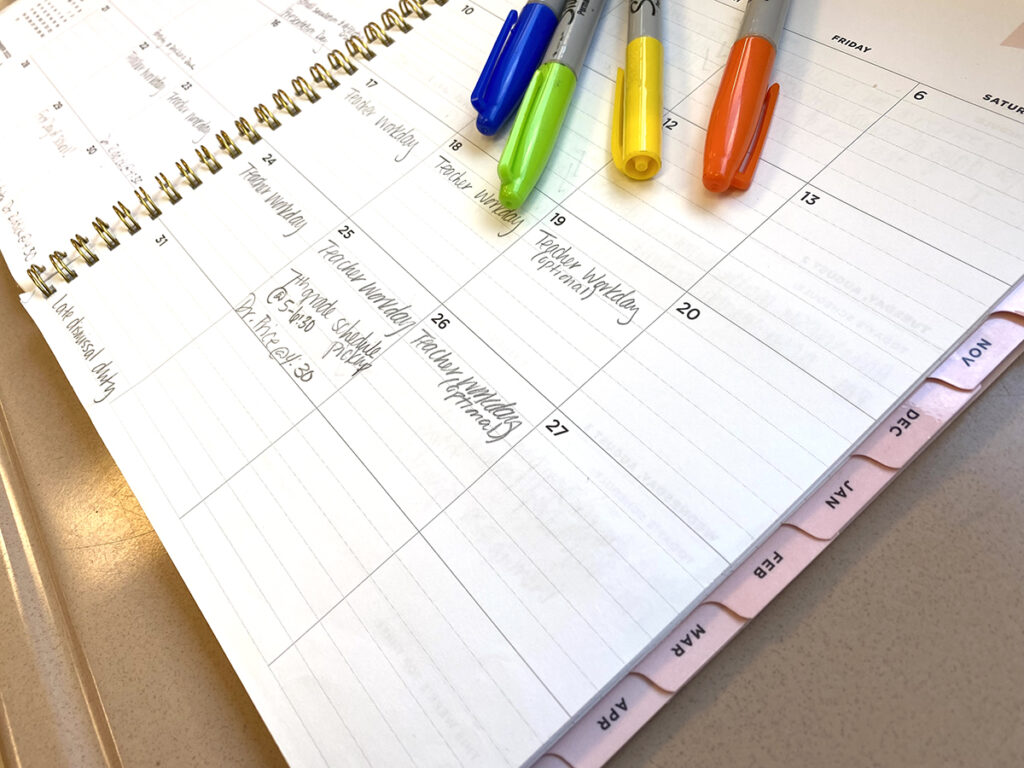
When we schedule our priorities and commitments ahead of time, we can see what time and energy we have to give. This small change can help us see the bigger picture and the direction we are heading. Remember, time is valuable. You are allowed to pause, check, and then respond to asks. Habits take time to create, so it’s okay to implement only one of these tips at a time. Learn to create space in your calendar this year—it’s a gift worth practicing and perfecting!
Take a moment to look at what you have coming up this week. What can you say “yes” to, and what can you say “no” to?
Are you team Paper-Pencil Planner, Tech-Savvy Digital Planner, or Combo?
What is your best tip to create space in your calendar?
Magazine articles and podcasts are opinions of professional education contributors and do not necessarily represent the position of the Art of Education University (AOEU) or its academic offerings. Contributors use terms in the way they are most often talked about in the scope of their educational experiences.
